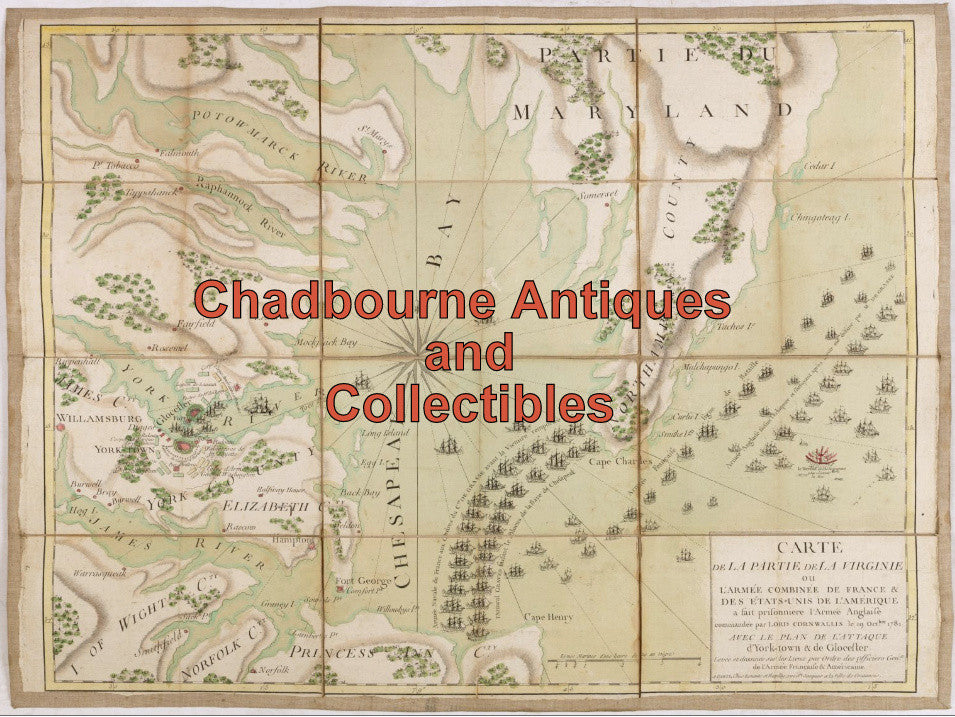$60.00 CAD
| /
Attractive photo postcard of Woolworth storefront in Elmira New York. Standing at entrance are three women and a young girl wearing finest clothes. Elmira was one of the first stores developed by Charles Sumner Woolworth.
Sign on wall above entrance:
At front entrance is a glass booth with small Woolworth sign on it. In right window kitchen pots/pans. Left window full of items.
On back, postmarked ‘ELMIRA NY APR 20 1906’ on 1 cent Franklin stamp, mailed to Gloversville NY with receiving postmark ‘GLOVERSVILLE NY APR 21 1906 REC’D’.
(Red text is an electronic watermark that is not physically part of the card for sale)
Charles Sumner Woolworth (1856 – 1947), was an American entrepreneur who went by the nickname of "Sum", opened and managed the world's first five-and-dime store in Scranton, Pennsylvania, and was founder of the "C. S. Woolworth & Co" chain of 5¢ & 10¢ stores. Sum's brother, Frank Winfield Woolworth was first to venture into the retail business with his own store, and soon after, he asked Sum to join him. Frank founded "F. W. Woolworth & Co", which later merged with other Woolworth affiliate stores to be the F. W. Woolworth Company.
...Sum had "C. S. Woolworth" stores in downtown Scranton, westside of Scranton, Pittston, Bradford, Carbondale, and Sunbury, Pennsylvania; Auburn, Elmira, Binghamton, Gloversville, and Glens Falls, New York; Haverhill, Massachusetts, and Portland, Bangor, and Augusta, Maine.
….Sum continued to develop the front end part of the business and expanded to more stores at a modest pace, while Frank developed his concepts for the back end for the business and aggressively expand to more stores. Sum expanded slower than the other affiliates, but his stores were very high profit stores. Sum liked working with customers and often personally served customers on the sales floor. He would solicit customers' thoughts and ideas, and often incorporated those ideas in the stores. Sum developed his stores with clean high-lustre wood floors, bright interiors, self-service display cases, mahogany counters, glass dividers and show cases, enticing window displays which changed regularly, and low prices for commonly sought-after merchandise. Sum's hands-on approach, carefully selecting managers, resulted in a higher net profit per square foot, for all of his stores versus those of the other affiliates....
WIKIPEDIA
